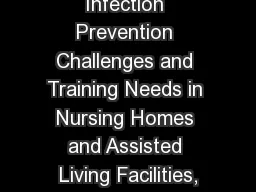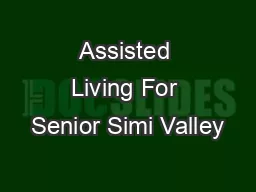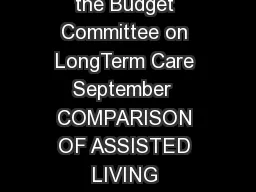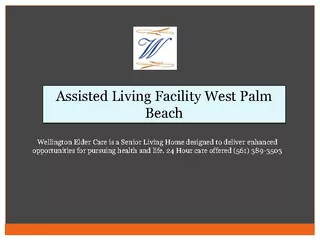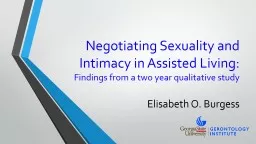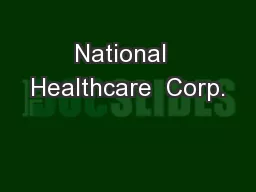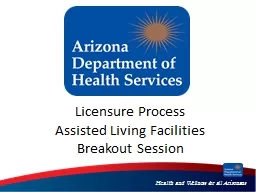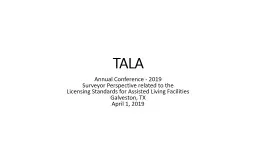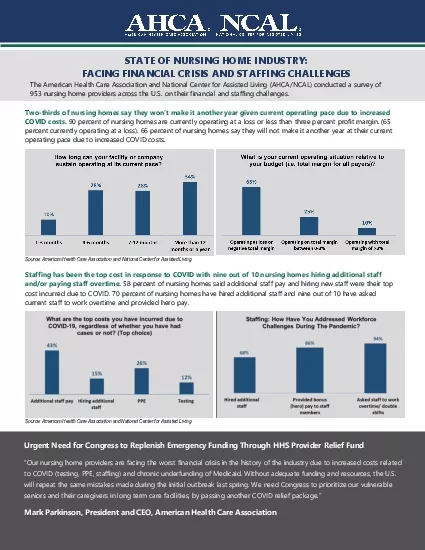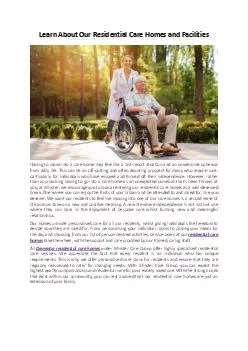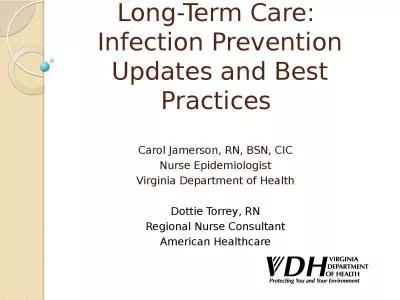PPT-Infection Prevention Challenges and Training Needs in Nursing Homes and Assisted Living
Author : ellena-manuel | Published Date : 2018-09-22
Andrea Alvarez MPH Dana Burshell MPH CPH Virginia Department of Health HealthcareAssociated Infections Program June 13 2011 Virginia and Infection Prevention Outside
Presentation Embed Code
Download Presentation
Download Presentation The PPT/PDF document "Infection Prevention Challenges and Trai..." is the property of its rightful owner. Permission is granted to download and print the materials on this website for personal, non-commercial use only, and to display it on your personal computer provided you do not modify the materials and that you retain all copyright notices contained in the materials. By downloading content from our website, you accept the terms of this agreement.
Infection Prevention Challenges and Training Needs in Nursing Homes and Assisted Living: Transcript
Download Rules Of Document
"Infection Prevention Challenges and Training Needs in Nursing Homes and Assisted Living"The content belongs to its owner. You may download and print it for personal use, without modification, and keep all copyright notices. By downloading, you agree to these terms.
Related Documents

